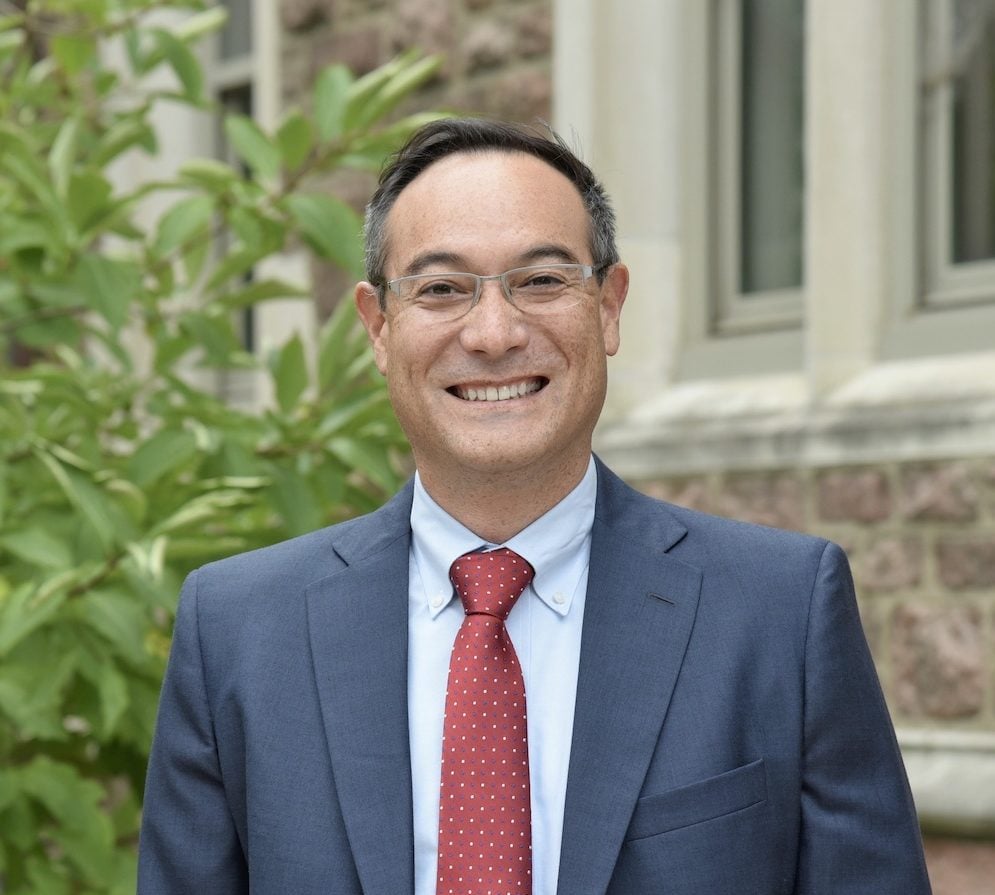Five Key Takeaways from IDEALS
January 6, 2021

In August 2020, we released the culminating findings of a five-year exploration of interfaith diversity in college, better known as the Interfaith Diversity Experiences and Attitudes Longitudinal Survey (IDEALS). The report focused on students who were in college from 2015 to 2019, shortly before the global pandemic ushered in sweeping changes across the higher education landscape. Today, residential life looks different than ever before, delivery methods for course curricula are evolving, and new approaches to co-curricular programming are emerging on college campuses.
IDEALS underscores why it is critical that we prioritize interfaith engagement now despite—and in some cases because of—our challenging circumstances. With that in mind, we invite educators to reflect on study findings again and consider how IDEALS can inform improvements to religious diversity and inclusion on campus, now and in the future. Here are the key takeaways, along with data-driven recommendations for what you can do in response:
1. Students need more practice to hone interfaith skills. 70% of college students believe that bridging religious divides is important, but only 32% feel they developed a deeper skill-set to do so while in college. Fewer than 15% of fourth-year students participated in activities that foster skill-building like interfaith dialogues, interfaith action, or religious diversity training.
What you can do: Consider expanding formal programming so students have more options for interfaith engagement. Strategically designing opportunities for religiously diverse students to interact informally is another way to lay the groundwork for navigating worldview differences. Finally, you can make special efforts to engage students whose interfaith competencies are not always up to par, including political conservatives, evangelical Christians, atheists, men, and STEM majors.
2. Interfaith friendships have tremendous power to build students’ interfaith skills. 93% of college seniors report having at least one friend of another faith, but a majority (59%) say they’ve never had a disagreement with friends about religion. Among the remaining 41% of students, almost everyone indicated their friendships were able to withstand such disagreements.
What you can do: Create opportunities for more students to engage their friends in conversation about worldview beliefs. Friendships are ideal contexts for interfaith learning and development because they offer ideal contexts where exposure to religious diversity can lead to interfaith learning and development. But such potential may go untapped if students aren’t encouraged to challenge assumptions and engage in perspective-taking with peers they know and trust.
3. Leaders must do more to improve the campus climate for religious minority students. Less than half of students overall (47%) agree when asked if their campus is welcoming of diverse identities; that number dips even lower when you ask Jewish students (27%), Buddhists (37%), and Hindus (38%) in particular. Many of these religious minority students also experience insensitivity and divisiveness on campus at higher rates than their peers.
What you can do: Convey that students of all faiths are valued at your institution by creating multifaith spaces on campus, supporting worldview-related student organizations, and dedicating staff to interfaith efforts. It is also critical to advance policies that promote the inclusion of different worldviews—by making accommodations for religious holidays, meeting dietary needs, and naming religious and secular identities in campus diversity statements.
4. Increasing worldview knowledge can pave the way toward interfaith understanding. More than half of students in their fourth year of college dedicate time to learn about people of different races, sexual orientations, and gender identities, but strikingly, less than half invest time in learning about different religious groups. Furthermore, many students realize only modest gains in religious literacy during the college years.
What you can do: Make interfaith experiences mandatory for all students. Participating in at least one curricular experience focused on religious diversity or two out-of-class interfaith activities leads to increased interfaith competencies, especially when those activities occur in the first collegiate year. Attending to religion within diversity, equity, and inclusion efforts is another way to encourage students to learn about different worldviews alongside other social identities.
5. More should be done to nurture students’ aptitude for navigating political differences. In 2015, first-year students showed promising growth in their positive attitudes toward political liberals and political conservatives. Though attitudes toward conservatives took a downward turn after the 2016 election, a majority of students reported taking time to learn about people from both ends of the political spectrum throughout their time in college.
What you can do: Define worldview diversity broadly so it encompasses political perspectives in addition to religious beliefs and design programs that intentionally draw together students with diverse ideologies. In these spaces, challenge students to acknowledge preconceived notions and seek a more nuanced understanding of others’ political and religious worldviews. Such offerings might feel risky, but evidence suggests that students are committed to bridging difficult divides—and they need skills and opportunities to do so effectively.
Are you interested in learning more about IDEALS? Check out the full report or review 9 Actions Colleges Can Take to Promote Religious Diversity for a compiled list of recommendations.
Share
Related Articles
Higher Education
From IDEALS to INSPIRES: Using Data to Advance Pluralism on Campus
American Civic Life
Ready to Build Interfaith America? Here are Some Helpful Resources
Higher Education
From IDEALS to INSPIRES: Using Data to Advance Pluralism on Campus



